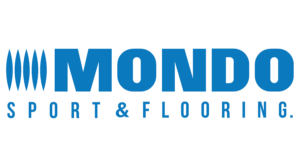
The circular economy is a resource management approach that seeks to optimize the use of materials in production and consumption, minimizing waste and encouraging the reuse and regeneration of products and materials at the end of their useful life. It is based on a closed-loop model in which materials are kept in the economic system for as long as possible, reducing dependence on natural resources and minimizing negative environmental impacts. The cornerstone of the circular economy is the use of the four “R’s”: reduce, reuse, repair and recycle.
Recovery operations are those in which the waste serves a function by substituting other non-waste materials or in which the waste is prepared for use as a raw material in other processes or in the economy in general. Recovery operations include energy recovery and materials recovery, the latter including preparation for reuse, recycling, recovery of raw materials and their components, and backfilling. Not all material recovery operations can be considered as recycling operations, this operation being understood as the transformation of waste to obtain a new material, substance or product that has characteristics comparable to those of the material it replaces, in such a way that it can be used directly in a production process, for the same or a different purpose, guaranteeing the protection of human health and the environment. The concept of recycling does not include energy recovery, landfilling or transformation into materials to be used as fuels or for landfill operations.

The main motivation of this project focuses on solving the existing problem due to the waste generated by artificial turf fields when they reach the end of their useful life. The first artificial turf fields deinstalled a few years ago were sent directly to landfill with the high environmental and economic impact that this entailed. Currently MONDO has substantially improved end-of-life management, incorporating the environmental variable from the design phase, resulting in products with a higher degree of recyclability, but it has not yet reached a fully circular lawn, pending research in recycling processes and ways of recovery of all materials that make up the artificial turf system. In order to achieve the same objective, research into bio-based materials for incorporation into the system is also intended to improve and facilitate the carbon footprint of the entire system.
We have worked on recycling processes of traditional turf and thermo-welded turf for the valorization of the materials of the different subcomponents (polyolefins and polyurethane or latex in traditional turf and polyolefins and polyesters mainly in thermo-welded turf), and on the development of formulations of plastics from natural sources (bio-based or bioplastics) to meet the requirements of this product, taking a step towards the complete ‘circularity’ of artificial turf. Thus, research has been carried out on new technologies for bio-based materials and recycling processes for a 100% ‘circular’ artificial turf.